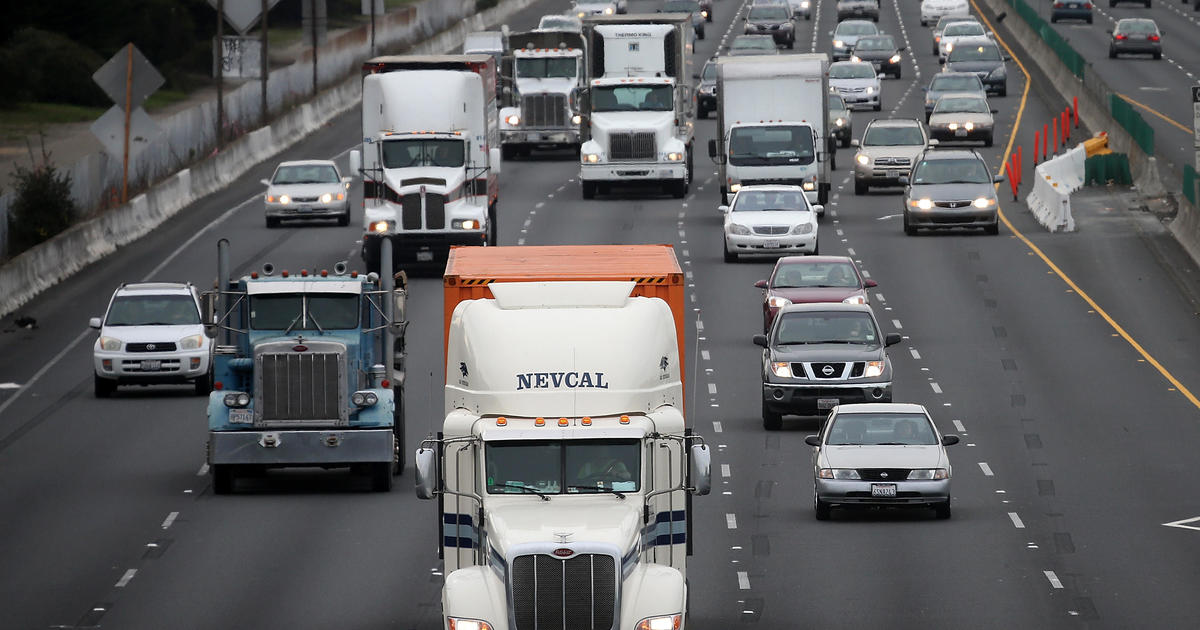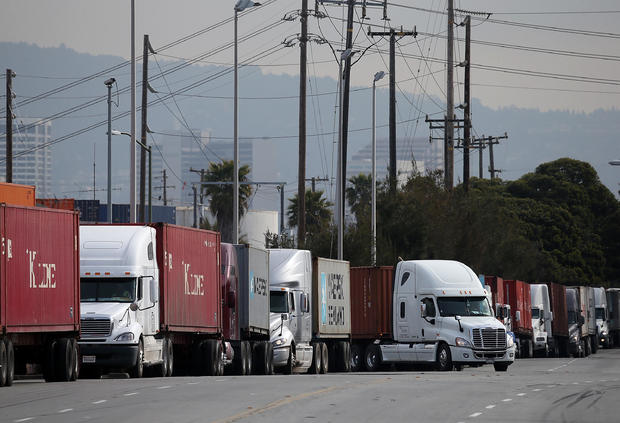
California regulators on Thursday passed new rules that would force automakers to sell more electric work trucks and delivery vans, a first-of-its-kind rule aimed at helping the nation’s most populous state clean up its worst quality of air in the nation. .
The rules, which won’t take effect until 2024, will require that at least 40% of all tractor trailers sold in California have zero emissions by 2035. For smaller trucks, including models like the Ford F-250, 55% of all sales will be zero emission by 2035. The standard is the strictest for delivery trucks and vans, as 75% of sales must be zero emission by 2035.
California already has similar rules for the sale of passenger vehicles. But no one has yet imposed rules like these for work trucks, which unlike passenger vehicles are bought with the intention of making a profit.
At the last minute, the board also set a goal to make government fleets and last-mile delivery trucks fully electric five years ahead of schedule by 2035.
By the time the rule is fully implemented, the board estimates that at least 15% of the 1.2 million trucks on the highway would run on electricity and that it would create thousands of new jobs.
More than 100 people called the California Air Resources Board meeting on Thursday, mostly offering their support during hourly public comments. Dozens said their neighborhoods were drowning in air pollution from diesel fuel, particularly threatening the lung health of poor and minority communities.
“California is once again leading the nation in the fight to make our air cleaner, becoming the first place in the world to require zero-emission trucks by 2045,” Governor Gavin Newsom said in a statement. “Communities and children of color are often forced to breathe our most polluted air, and today’s vote brings us closer to a healthier future for all of our children.”
Justin Sullivan / Getty Images
Supporters included a group representing environmental agencies in eight northeastern states, from New York to Maine, whose officials said it would create a roadmap to reduce emissions on truck routes and propel the market toward electrification.
“It is the only way we believe we can make significant progress on the most difficult air pollution problems,” said Mary Nichols, chairman of the board. “This will have a truly transformative impact not only in our state but across the world when people see what can be done.”
Regulators said they were determined to quickly address fears that electric trucks would not sell, aiming to set rules next year that would require companies to buy zero-emission trucks from manufacturers, to ensure there is demand for supply.
The Association of Truck and Engine Manufacturers argued that the new rule would eventually “collapse” because there are not enough charging stations.
“They cost more than traditional fuel trucks because there is no charging infrastructure and developing one is very expensive,” said Jed Mandel, the association’s president, in public testimony. “And there are not enough incentive funds available.”
Meanwhile, a Tesla representative, who is preparing electric trucks and semi-trailer models for production in 2021, approved the move. “The charging infrastructure can and will be built,” said Andy Schwartz, Tesla’s policy adviser.
Work trucks and delivery vans, although only a small fraction of all vehicles on the road, are some of the largest sources of air pollution in the transportation sector. They travel much more miles than passenger vehicles and often have diesel engines, which are more powerful but cause more pollution than gasoline engines.
California has many of these trucks on the road because it is home to two of the world’s largest ports in Los Angeles and Long Beach, where heavy trucks constantly transport cargo to and from depots in the Inland Empire while dumping pollutants. harmful to air.
Frederic J. Brown / Getty
The 2020 American Lung Association air status report said seven of the top 10 most ozone-contaminated cities in the US are in California, with 98% of their residents living in poor-quality counties in the United States. air.
Critics argue that requiring the industry to sell more electric trucks will not succeed without first requiring companies to buy more of them. Board staff said work on such rules is ongoing, adding that there is already demand for bulk orders for electric trucks.
Nichols said the board plans to adopt rules next year that require fleets to have a certain percentage of electric trucks.
.

